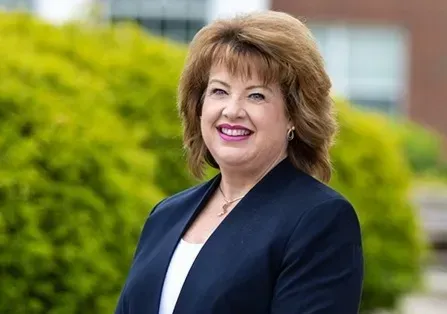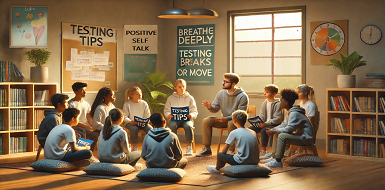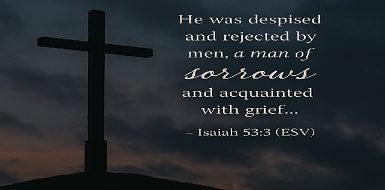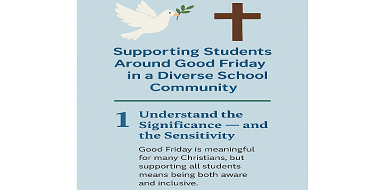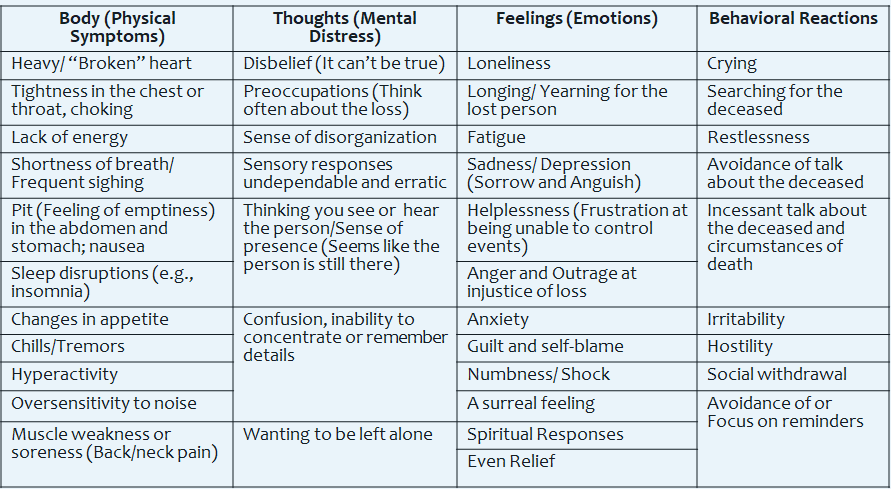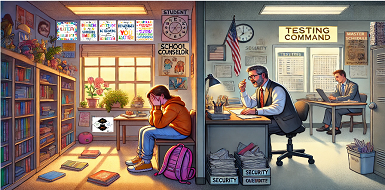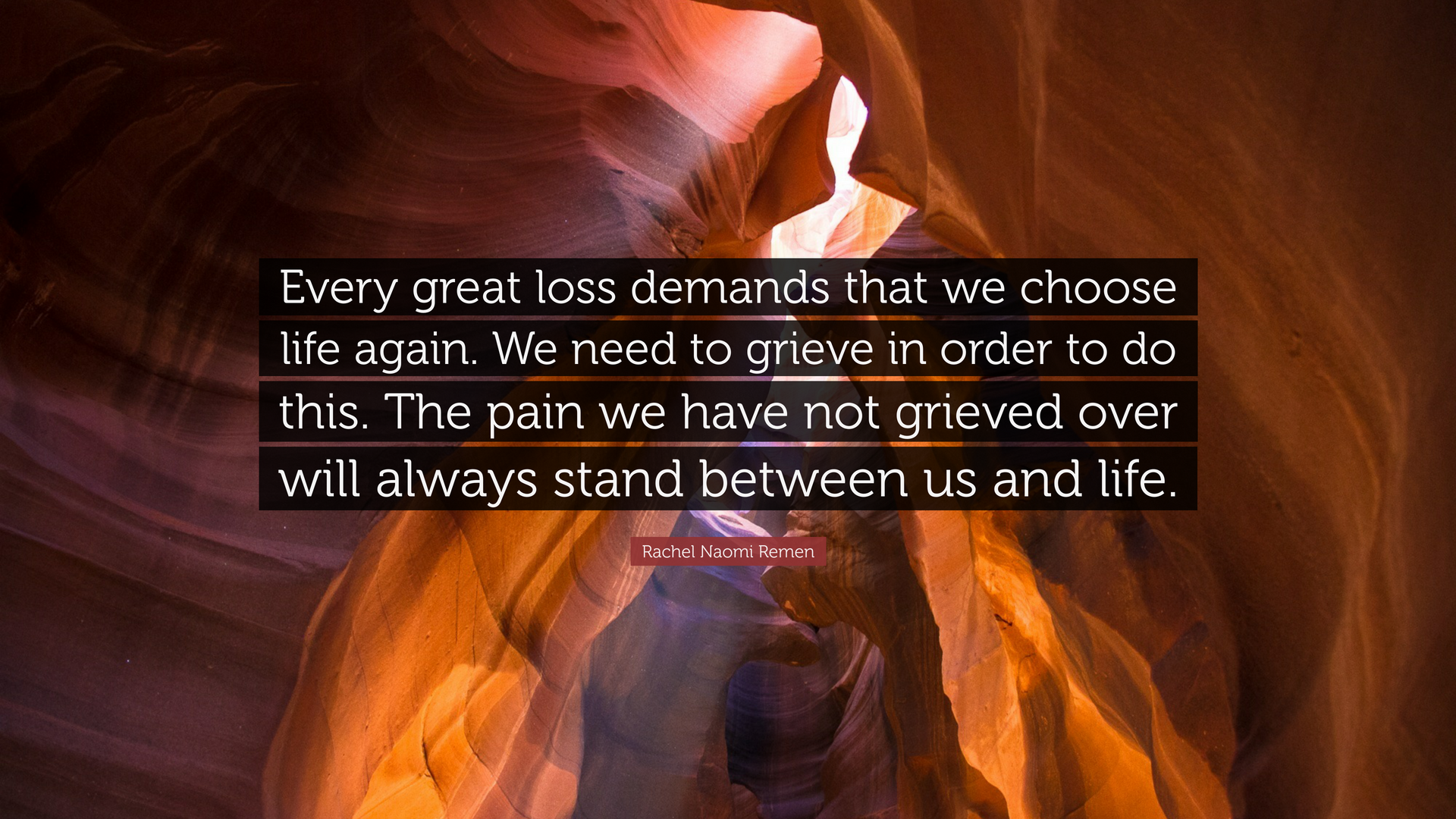School Counselor Response to Peer Pressure
The Reality of Peer Pressure

"The ugly reality is that peer pressure reaches its greatest intensity at just the age when kids tend to be most insensitive and cruel." ~ Walt Mueller
Adolescence ushers in a phase where friends become the most important part of one’s existence. And, with those relationships comes the added responsibility of working with those friends or peers. Peer pressure has been around since the dawn of time. Most of us can think of several stories with peer pressure as the theme.
The one that comes to mind most often, for me, is Mark Twain’s The Glorious Whitewasher (Chapter two of The Adventures of Tom Sawyer). If you weren’t lucky enough to have this as part of your reading in school, a brief summary follows.
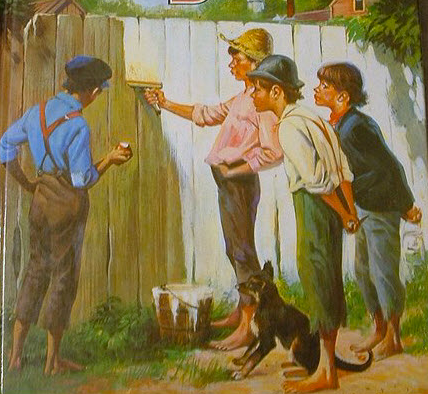
- On Saturday morning, Aunt Polly sends Tom out to whitewash the fence. Jim passes by, and Tom tries to get him to do some of the whitewashing in return for a “white alley,” a kind of marble. Jim almost agrees, but Aunt Polly appears and chases him off, leaving Tom alone with his labor. A little while later, Ben Rogers, another boy Tom’s age, walks by. Tom convinces Ben that whitewashing a fence is great pleasure, and after some bargaining, Ben agrees to give Tom his apple in exchange for the privilege of working on the fence. Over the course of the day, every boy who passes ends up staying to whitewash, and each one gives Tom something in exchange. By the time the fence has three coats, Tom has collected a hoard of miscellaneous treasures. Tom muses that all it takes to make someone want something is to make that thing hard to get.
The kids wanted to belong and have “grown-up” fun so much that they were willing to accept that what would be considered work on any other day was actually fun. It goes back to Maslow’s hierarchy and the need to belong. This is why it is so important that we use our leadership skills as school counselors to help them choose the right friends. "Everyone is doing it" seems to be all that is necessary for justification. Yet, we as adults have to be cautious of two questions:
- Who is everyone?
- What is “it”? (What is it that they are doing?)
Steering Students to Choose the Right "Everyone"
So what, specifically, can we do as school counselors to help our students follow the “right” crowd? It is our responsibility to be the type of counselor/leader/role model that emulates appropriate behaviors. We need to "walk the talk." It is our job as counselors to provide:
- Empathy with the pressures under which your children and adolescents are currently working;
- A willingness to listen and a commitment to try to help them;
- Help to identify approaches, resources and evaluation techniques;
- Contacts through a network of teachers and other professionals who share our concerns.
It is our job to get involved in our student’s lives and help them get involved in productive activities that allow them to grow and learn. Adolescents may act as if they do not want us as adults around, but they actually appreciate the care, compassion and even rules if extended appropriately.
What To do if you feel your students are following the “wrong” crowd and may be falling into the “at risk” category
This is a very tough one, because you are now doing repairs. It is so much easier to catch an issue before it becomes an obstacle. (Why we preach prevention as counselors!) Now, you not only have to follow the above steps, but you first have to pull them back from this influence. This is much easier said than done, but I will to provide some guidelines.
- First, begin to develop a new group within the same context of their choice of friends. (This is where Small Group Counseling can help.) You could also talk to the parents about not forbidding their children to “hang out” with their current group of friends, but allowing get togethers at a party, the movies, a ball game, the park, the skating rink, their house, etc. With these activities, the parents can open the invitations up to some kids of your own choosing that share the family values.
- Second, with the encouragement of the above, these new friends become infused into the friend group and bring positive peer pressure. More exposure to these friends will build a stronger relationship with these new friends.
- Third, compliment the students on their personality or attitude when they are with this new group of friends. Although students do not show open signs that they still needs adult approval, we know from our studies that this is still a major need.
- Fourth, get family members involved in the school as well. We all know that parental involvement is the number indicator of student achievement. When a student is focused on school, they don’t have time to get involved in at risk activities.
- Fifth, have patience. This will take time!
The Nature of Peer Pressure
Peer pressure is easily defined. It is that compelling influence to act or look like those of our same rank, value, age, etc. So, by definition, peer pressure is not bad. We are sometimes influenced in a good way by those around us. Yet, it becomes negative when we feel the pressure to act as we know we shouldn’t or against our own value system in the presence of our friends so that we will be accepted. This is a very good argument for helping steer our students in our role as school counselors (and parents) toward more positive peer groups. No, we cannot choose their friends for them, but we can place them in positive places where they are more likely to make positive choices in peers or friends.
But, for now, we need to know what to do when they do fall prey to negative peer pressure. What prompts this pressure? It is that little voice in our head asking us “very important” questions: What will people say? Will they approve? Will they laugh?, etc. It seems that such concerns influence our actions – especially our public conduct – more than anything else.
The Pervasiveness of Peer Pressure
Social pressure is a powerful force for all of us, but especially in the adolescent years. And, as we are talking about adolescence, this becomes quite meaningful. Social or peer pressure works by appealing to our desire not to be insulted, embarrassed, ridiculed, shamed, criticized, and so on. The question of right and wrong is changed into a question of acceptable and unacceptable. There is hardly a problem that attracts adolescents – drugs, violence, sexuality, etc. – that does not have peer pressure as its primary cause. Countless lives have been turned upside down or totally destroyed by it.
But, is teen peer pressure an anomaly in an otherwise healthy society? Obviously not. It attracts our attention because of the scale of destruction it causes.
Factors Influencing Susceptibility to Peer Pressure
As a professional educator, I have found two factors vital to the successful maturation of a child – the home environment and the quality of education. It has been my observation that children with unstable home environments and failed learning skills readily fall prey to the taunts and pressures that peers can inflict. Conversely, children with a sound family life and effective study skills have the inner strength on which to build a future of their choosing and the ability to strive for and achieve their goals.
We have examples of this all around us, but some choose to ignore them because it forces an acceptance of responsibility for the children. The shootings and violence at school have all been traced back to one factor – the “shooters” felt that they did not belong or were not accepted and loved. Maslow proved long ago that it is a basic human need to belong. Hence, we can say with reasonable surety that the absence of parent support causes children to feel this loss in tremendous proportion and act out in negative ways.
The Role of Love and Belonging
We have all heard the phrase, “The rich get richer.” While I do not believe this to be particularly true when it comes to money (Anybody can work hard and prosper), I do agree with it in terms of love and belonging. If we have a plentiful amount of love in our upbringing, then we get the sense that we can do anything! That is the wealth of kings – the gift of affection, commitment, and attachment. When that need of belonging is met, then one can move on to meet the other needs of education and societal success.
Strategies for School Counselors
- Create a Supportive Environment. Establish a safe and supportive environment where students feel comfortable expressing themselves without fear of judgment. This can be achieved through regular group counseling sessions, peer support groups, and activities that promote inclusiveness.
- Educate About Peer Pressure. Educate students about the nature of peer pressure, including both its positive and negative aspects. Use real-life examples and stories, like Tom Sawyer’s, to illustrate how peer pressure can influence behavior and decision-making.
- Encourage Critical Thinking. Teach students to think critically about their actions and the actions of their peers. Encourage them to ask themselves the two critical questions: "Who is everyone?" and "What is 'it'?" This will help them make more informed decisions rather than simply following the crowd.
- Role-Playing Scenarios. Use role-playing exercises to help students practice responding to peer pressure in a safe and controlled environment. These scenarios can help students develop the skills they need to stand up for themselves and make independent choices.
- Promote Positive Peer Relationships. Encourage students to form positive relationships with peers who share their values and interests. Highlight the importance of surrounding themselves with friends who support and uplift them.
- Develop Self-Esteem. Help students build self-esteem and confidence through activities that highlight their strengths and accomplishments. A strong sense of self-worth can make it easier for students to resist negative peer pressure.
- Engage Parents and Guardians. Work with parents and guardians to ensure they are aware of the pressures their children may face and provide them with strategies to support their children in making positive choices.
- Model Positive Behavior. As educators and counselors, it is crucial to model positive behavior and decision-making. Demonstrate how to handle peer pressure effectively and show students that it is possible to stay true to oneself while still being part of a group.
- Foster Open Communication. Encourage open communication between students and adults. Let students know they can come to you with their concerns about peer pressure and that you are there to support them.
- Recognize and Celebrate Diversity. Celebrate the diversity within the student body and promote an environment where differences are respected and valued. This can help students feel more comfortable being themselves and less likely to succumb to negative peer pressure.
Conclusion
Peer pressure is an inevitable part of growing up, but with the right support and strategies, students can learn to navigate it positively. By creating a supportive environment, educating students about peer pressure, and encouraging critical thinking, school counselors can help students make healthy, independent choices. By fostering self-esteem and positive peer relationships, we can empower students to resist negative influences and embrace their unique identitie
I am a school counselor turned counselor educator, professor, and author helping educators and parents to build social, emotional, and academic growth in ALL kids! The school counseling blog delivers both advocacy as well as strategies to help you deliver your best school counseling program.

I'm a mother, grandmother, professor, author, and wife (I'll always be his). Until October 20, 2020, I lived with my husband, Robert (Bob) Rose, in Louisville, Ky. On that awful day of October 20,2020, my life profoundly changed, when this amazing man went on to Heaven. After Bob moved to Heaven, I embraced my love of writing as an outlet for grief. Hence, the Grief Blog is my attempt to share what I learned as a Counselor in education with what I am learning through this experience of walking this earth without him. My mission is to help those in grief move forward to see joy beyond this most painful time.
